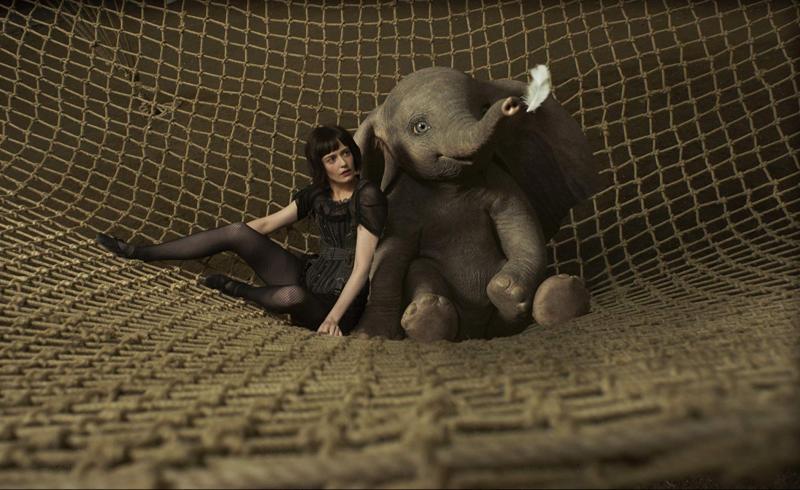Tim Burton and Disney have certainly seemed like ill-fitting partners. The director’s penchant for the macabre and drawing inspiration from the darker side of things seemed in direct contrast to the studio’s sunnier image of princesses and pillowy, prefabricated fun. In 1984, the director created the short “Frankenweenie,” which led to Burton’s firing for “wasting company resources” on a film that was deemed not suitable for young children.
Burton and the studio made nice with “Nightmare Before Christmas,” which Burton wrote and produced. The studio still felt it too dark and released it under the now-defunct Touchstone label. Even then, Disney was still skittish, and lobbied to have its lead character Jack Skellington have eyes rather than empty eye sockets, which they deemed too frightening.
Since then, Burton has extended the olive branch to the studio, agreeing to craft a live-action “Alice in Wonderland” film in 2010. In return, Disney gave Burton the opportunity to remake “Frankenweenie” as a full-length animated feature in 2012.
This delicate relationship is relevant when watching “Dumbo,” Burton’s live-action remake of the 1941 animated classic, which is the first of three titles Disney is mining for remakes this year.
Burton extends a long Jack-Skellington-like middle finger to Disney in his remake, which serves as a condemnation on the evils of corporate mergers, with Michael Keaton standing in as a Disney-esque circus mogul named V.A. Vandevere.
This fact is worth noting because it is perhaps the most daring aspect of this otherwise garish, paint-by-numbers affair that can’t hold a feather to the subtle and genteel original.
Taking place in 1919, the film brings us into the struggling Medici Brothers Circus, run by only one Medici, named Max (played by a grimily lovable Danny DeVito). His hopes to turn around diminishing crowds are raised upon the return from the war of his stunt-riding star Holt Farrier (played by Colin Farrell). Sadly, he lost an arm in combat, which puts the kibosh on his former performances, but at least he is reunited with his children (played by Nico Parker and Finley Hobbins, who do the film no favors with overly cloying performances).
When one of the circus elephants gives birth to a large-eared offspring, the majority reacts in abject horror, which is surprising because the CGI version of Dumbo is perhaps the film’s cutest creation and undeniably adorable. Once they discover Dumbo’s ability to take flight, Medici sees dollar signs. Dumbo also attracts the attention of the aforementioned Vandevere, who wants to bring the Medici Brothers Circus (in particular the flying elephant) into his newly designed Dreamland, a permanent theme park with attractions like the Carousel of Progress and Rocket to the Moon.
And even though Keaton’s odd portrayal of Vandevere is not directly reminiscent of Uncle Walt, there is absolutely no denying the similarities here. It’s perhaps the bravest aspect of the film, which is surprising from a director who once gave Keaton the role of a zombie huckster named Beetlejuice who partied with rotting corpses.
While “Dumbo” never reaches Burton’s “Planet of the Apes” remake level of bad ideas, it’s surprisingly flat and lifeless, bloated by a number of extra stories that actually push Dumbo to the side. It is, however, interesting to see Burton being entrusted with one of Disney’s most beloved namesakes, and getting away with thumbing his nose at his former boss while being paid for it.
Perhaps a film about the long, tangled relationship between Burton and Disney will find its way to the screen one day. If it does, I am fairly certain it would be far more engaging than anything you will find in the overstuffed “Dumbo.”





















































